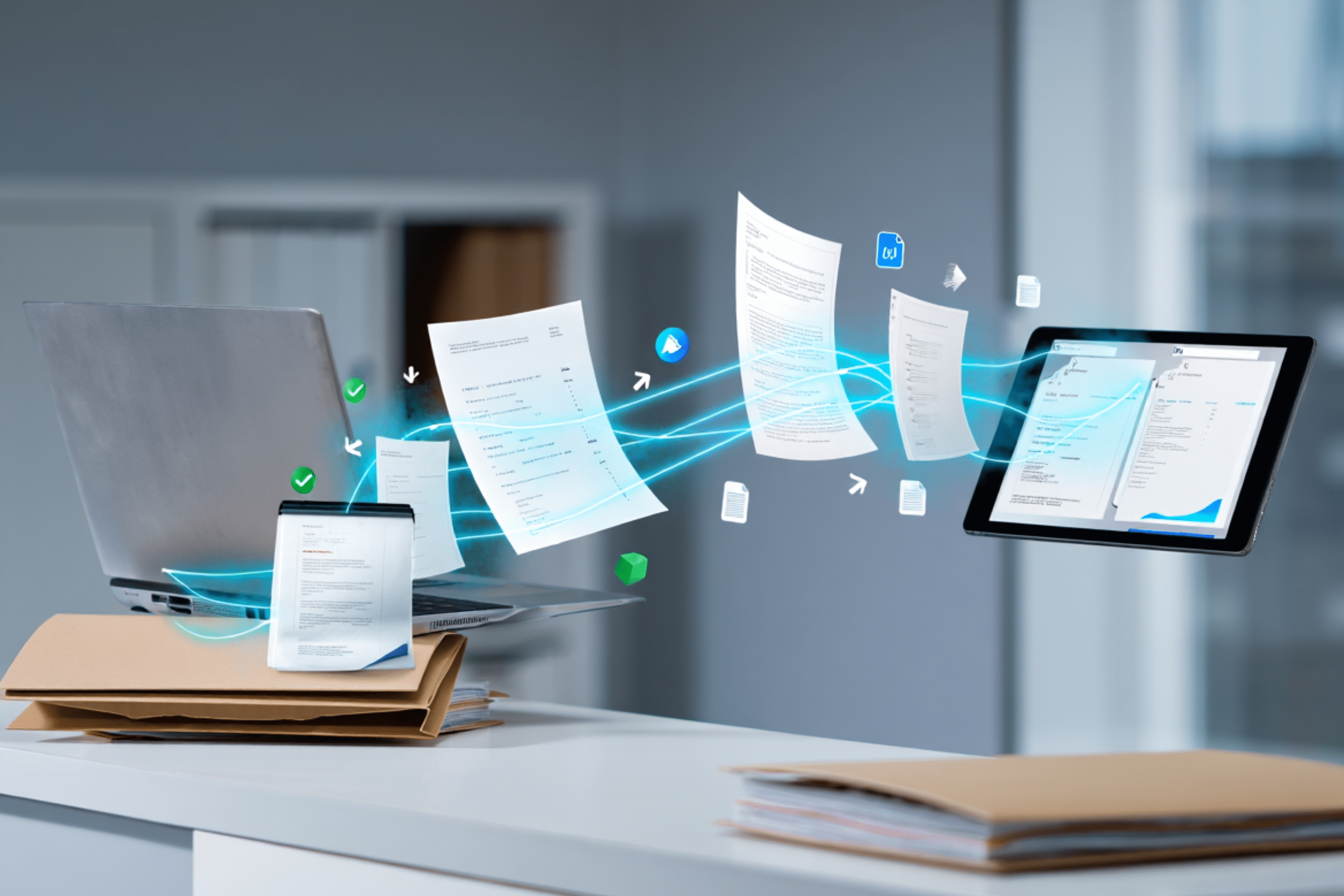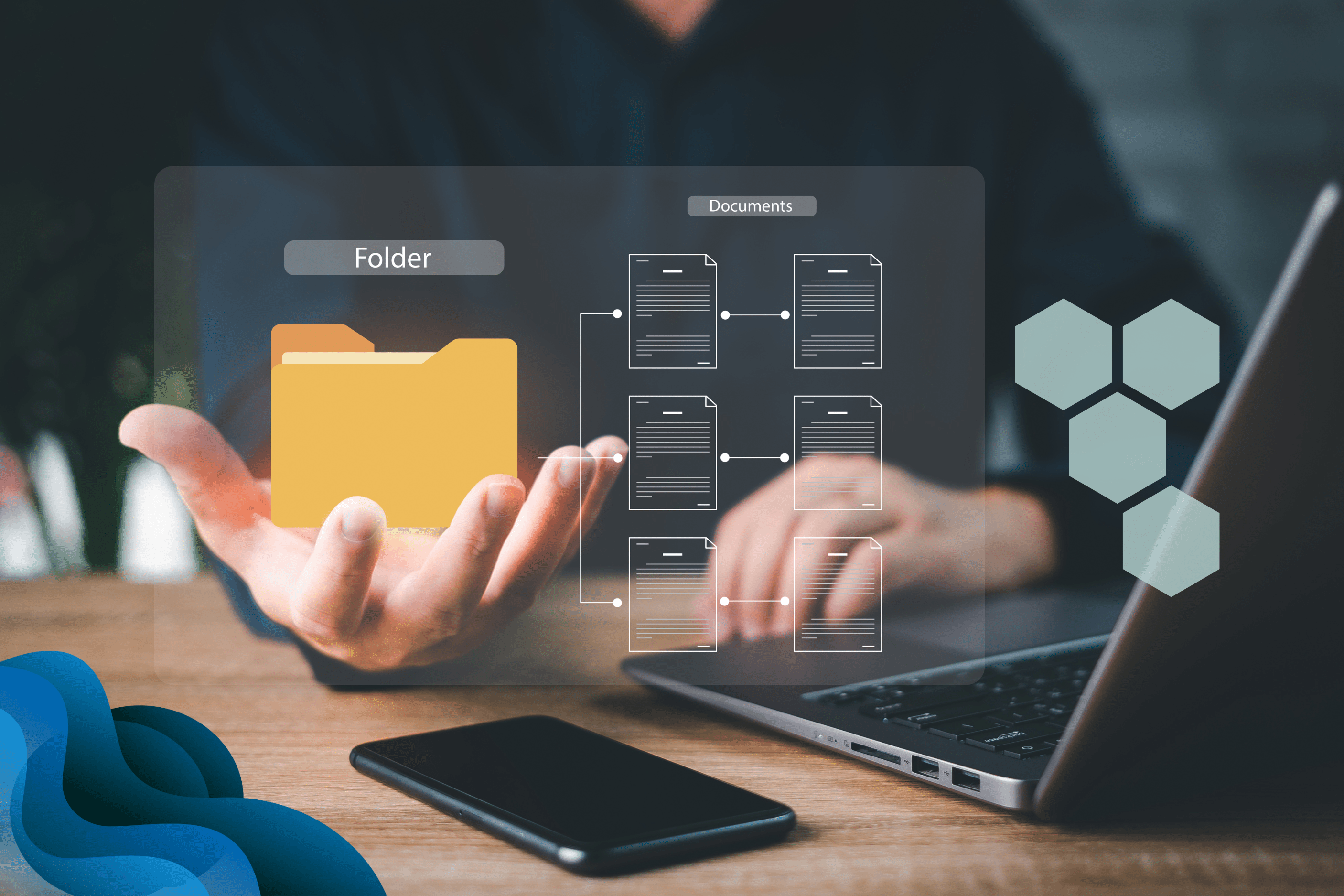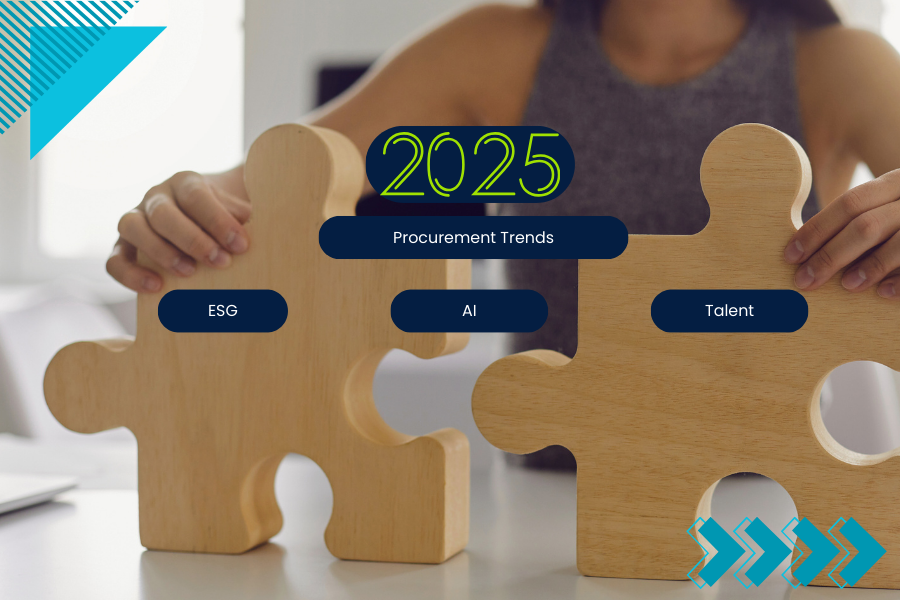The Limitations of Traditional Procurement
Traditional procurement processes have held organizations back, bogging them down in manual tasks, siloed data, and slow decision-making. The past methods – endless paperwork, disjointed approval workflows, and limited visibility into spending – are no longer sufficient in today’s fast-paced business environment.
Fortunately, the rise of procurement software has ushered in a new era of efficiency, control, and cost savings. These innovative solutions empower organizations to leave the limitations of traditional procurement behind by automating repetitive tasks, centralizing procurement data, and providing real-time insights.
💡 About 55% of procurement functions still rely on spreadsheets. This reliance on manual processes is a major contributor to inefficiencies, leading to significant time consumption and human errors in data entry.
💡 In 2024, Procurement workloads are expected to increase by 8%, resulting in a projected productivity gap of 6.6% and an efficiency gap of 6.4%.
💡 Businesses must consistently monitor risk factors affecting their current and future procurement. Procurement leaders say companies can generate cost savings of 11-20% with more transparency.
The Rise of Procurement Software
Procurement teams navigate a labyrinth of forms, approvals, and documentation, rather than streamlined digital workflows. Simple requests like raising a purchase order or onboarding a new supplier become time-consuming ordeals, requiring employees to juggle multiple systems and chase down approvals.
Fortunately, the rise of procurement software has ushered in a new era of efficiency, control, and cost savings. These innovative tools empower organizations to leave the limitations of traditional procurement behind by automating repetitive tasks, centralizing procurement data, and providing real-time insights. Rather than relying on manual and disjointed processes, e-procurement software streamlines workflows, enhances visibility, and accelerates decision-making.
Procurement teams can focus on more strategic initiatives that drive business value with the ability to quickly generate purchase orders, onboard suppliers, and track spending.
Moreover, the data-driven nature of procurement software enables organizations to make informed decisions, negotiate better supplier contracts, and identify cost-saving opportunities while maintaining robust compliance and risk management controls.
1. Increased Efficiency and Productivity Procurement
Software automates repetitive tasks, freeing up time for more strategic work and increasing efficiency and productivity. Digital workflows eliminate the need for manual data entry and approval chasing, boosting productivity. The centralization of procurement data removes the hassle of toggling between multiple systems.
The centralization of procurement data is another key efficiency booster. Rather than toggling between spreadsheets, emails, and various systems, procurement professionals can access all the information they need in a single, integrated platform. This eliminated the need to search through disparate systems, saving the team an average of 2 hours per day that could be reinvested into value-adding work.
2. Enhanced Visibility and Control
Procurement software provides a centralized hub for all procurement information, rather than relying on disparate data. This visibility allows organizations to track spending, monitor suppliers, and generate detailed reports. Armed with real-time insights, procurement teams can make informed decisions and identify cost-saving opportunities.
The visibility enabled by procurement software also strengthens compliance and risk management. An e-procurement platform to monitor supplier performance and automatically flag any issues with on-time delivery, quality, or pricing. This proactive approach allowed the procurement team to address problems before they escalated, mitigating supply chain disruptions and ensuring regulatory compliance.
3. Faster Decision-Making Procurement
Software’s data-driven nature enables quicker, more informed decision-making. Employees can rapidly compare options and execute procurement activities with access to real-time information on inventory, lead times, and budget availability. This accelerated cycle improves responsiveness to business needs.
This allows procurement professionals to rapidly compare supplier options and execute purchases to meet urgent business needs. As a result, the company was able to reduce procurement cycle times, improving responsiveness to changing market demands.
4. Cost Savings
Procurement software can deliver significant cost savings by eliminating manual errors and reducing maverick spending. The ability to negotiate better supplier discounts and proactively identify opportunities impacts the bottom line.
The ability to negotiate better supplier discounts is another key cost-saving benefit of procurement software. A healthcare organization used its e-procurement platform to gain visibility into its total spend with key suppliers. The ability to negotiate better supplier discounts is another key cost-saving benefit of procurement software. This allows the procurement team to leverage its consolidated purchasing power to secure more favourable contract terms, resulting in significant annual savings.
Conclusion
These solutions empower businesses to overcome traditional procurement limitations by automating tasks, centralizing data, and providing real-time insights. The benefits of modernizing procurement are clear. If you’re ready to break free from manual, paper-based workflows, explore the transformative power of procurement software, such as ADAM, and unlock new opportunities for growth.
Stay updated on insights, trends, and updates geared for the procurement community delivered to your inbox.
Up next
See ADAM in action.
Get started and our friendly team will take care of the rest.
Explore how ADAM can transform your vendor management strategy today.





